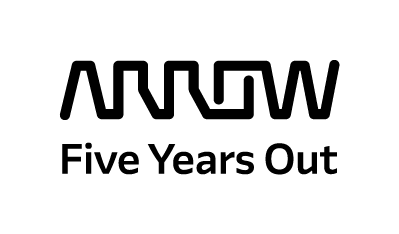The Silo
by Carol Baroudi
Organizations of significant size and longevity often complain about silos – departments or functions that operate in isolation from the rest of the organization, making the interchange of information difficult, if not impossible. It’s difficult to get a comprehensive picture without cobbling together into cumbersome kluges systems that are often unique. Frequently these problems are a result of mergers and acquisitions – different entities combining into one. Individual systems, policies, and data were designed with their specific requirements in mind, without plans for integrating into some unknown system in the future. Often areas of function such as finance and IT sit in silos distinct from other functions, creating their own cultures, processes, and policies.
Sustainability suffers greatly from silos. For example, collecting utility data and waste data across numerous facilities may require effort not originally scoped into current roles and responsibilities. In the life cycle of IT assets, silos of procurement are often independent of data security, which in turn may well be independent of corporate social responsibility and sustainability, which in turn may know nothing of IT asset management and disposition. Were these disparate entities collaborating, purchasing would be done with both data security and environmental responsibility in mind, data security would understand the risks inherent in IT asset disposition, and sustainability would be instantiated from purchase to end of life. The problems of what to do with electronics at the end of their useful life could be minimized if everyone in the organization understood the risks and took steps to mitigate them. Budgets for IT equipment would include the funds necessary to process it responsibly, not just the funds for the initial purchase. Choosing energy-efficient models is a win for both the environment and for an organization’s bottom line. If energy savings are captured, they can help further the organization’s sustainability goals. Bringing these stakeholders together helps “break down the silos.”
But all by itself sustainability as a discipline suffers from silos. Pursuing sustainability, renewable energy advocates are sometimes heedless of the concerns of solid waste. Champions of plastics that decompose are oblivious to the embedded energy in the one-time-use bottle. Not all recycling devotees are aware that plastic bags, although plastic, cannot be recycled in traditional single-stream recycling (where plastic, paper, and aluminum all go in one bin) or that when the bags get into that single stream they actually cause problems. I once had someone who is passionate about the environment tell me that he was outraged when cereal manufacturers started using plastic instead of waxed paper inside cereal boxes. He said he knew that they could recycle the plastic if they wanted to, so he put the plastic insert back into the cardboard box for recycling in what was then a single stream. The “they” at the cereal plant and the “they” in the recycling plant are very far removed. And even if the plastic pouch could in theory be recycled, it likely has no bearing on whether it can actually be recycled by the recycling center that receives it.
We are all responsible for both what we know and what we don’t know. Breaking down knowledge silos usually means risking the uncomfortable. I’m happy to recommend books I’ve found helpful, and I’m always interested to learn of books you’ve found helpful. Here in Boston we have the Boston Area Sustainability Group, formed to help sustainability-minded folks learn from each other and break out of their silos. New York now has the New York Area Sustainability Group. If you’re part of another group or are interested in starting a similar group in your area, drop me a line at cbaroudi@arrow.com.

